Phthaloyl sulfonamide CAS 81-07-2, commonly known as saccharin, with the chemical formula C7H5NO3S, is a zero calorie sweetener. It is a white crystalline powder that is insoluble in water. Its sweetness is 300-500 times that of sucrose, and there will be a slight bitterness and metallic taste residue on the tongue when eaten.
The daily safe allowable intake (ADI) is 0-2.5mg/kg. Saccharin can be produced by reacting ortho sulfonic acid benzoic acid with ammonia. Mainly used in the food industry, it can be used in toothpaste, cigarettes, and cosmetics.
Physical and chemical properties
Density: 0.828g/cm3
Melting point: 226-229 ° C
Boiling point: 438.9 ℃
Flash point: 219.3 ℃
Refractive index: 1.714
Appearance: White crystalline powder
Solubility: Slightly soluble in water, ether, and chloroform, soluble in ethanol, ethyl acetate, and acetone.
Application
Saccharin is the oldest and most famous of all sugar substitutes, belonging to the category of non nutritive sweeteners (which do not generate calories), and its name is on par with the seasoning commonly known as "monosodium glutamate". Mainly used in the food industry, it can also be used in toothpaste, cigarettes, and cosmetics. China allows the use of saccharin, but with dosage restrictions: it should be less than 0.150g/kg in food and less than 0.08g/kg in salt water.



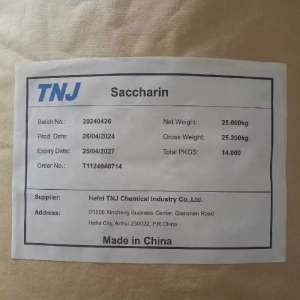
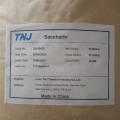




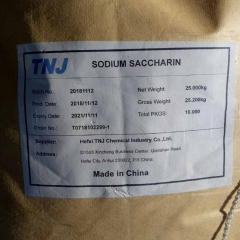


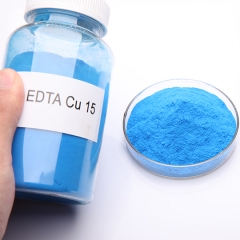
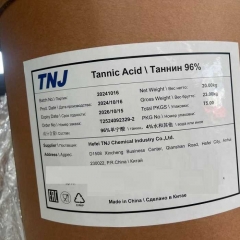
 chemical.tnj
chemical.tnj +8618949823763
+8618949823763 tnjchem
tnjchem 2881500864
2881500864